 Moose Addition Neighborhood Historic District
Moose Addition Neighborhood Historic District
Entry Category: Conway
 Moose Addition Neighborhood Historic District
Moose Addition Neighborhood Historic District
Morrilton (Conway County)
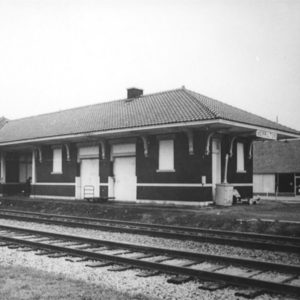 Morrilton Depot
Morrilton Depot
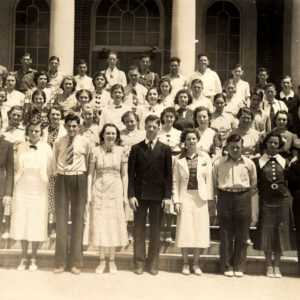 Morrilton Graduates
Morrilton Graduates
 Morrilton Library
Morrilton Library
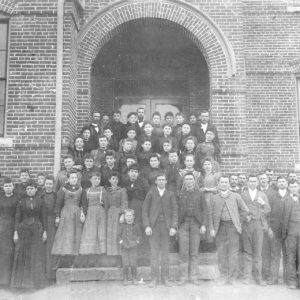 Morrilton Normal School
Morrilton Normal School
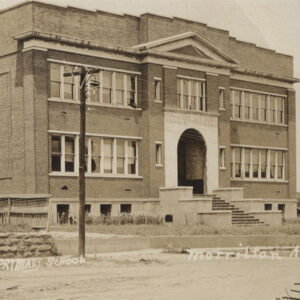 Morrilton School
Morrilton School
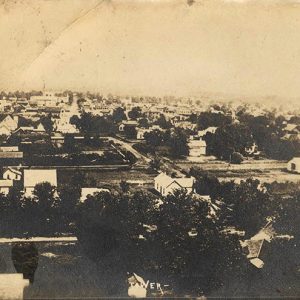 Morrilton Street Scene
Morrilton Street Scene
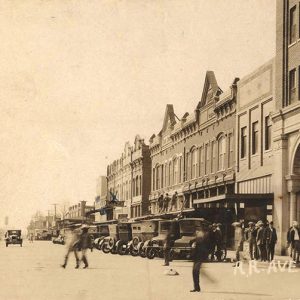 Morrilton Street Scene
Morrilton Street Scene
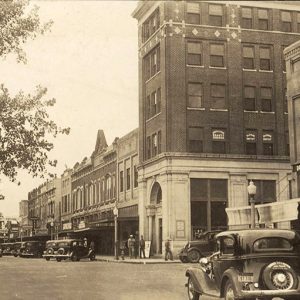 Morrilton Street Scene
Morrilton Street Scene
 Morrilton Street Scene
Morrilton Street Scene
 Nemo Vista Elementary School
Nemo Vista Elementary School
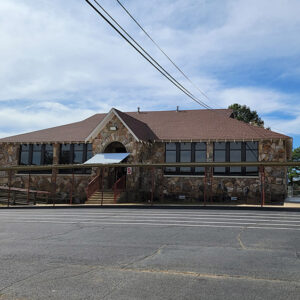 Nemo Vista School
Nemo Vista School
Old Hickory (Conway County)
 Old Hickory Fire Department
Old Hickory Fire Department
 Old Hickory Sign
Old Hickory Sign
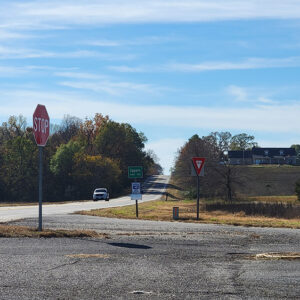 Entering Oppelo
Entering Oppelo
Oppelo (Conway County)
 Oppelo Church
Oppelo Church
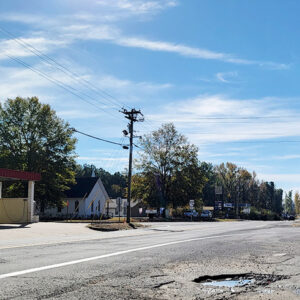 Oppelo Street Scene
Oppelo Street Scene
 Overcup Lake
Overcup Lake
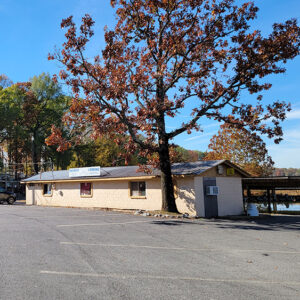 Overcup Landing
Overcup Landing
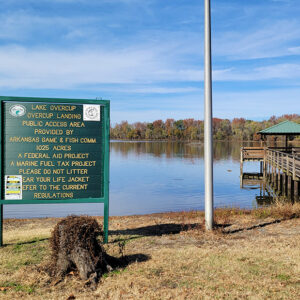 Overcup Landing
Overcup Landing
 Pelicans Migrating
Pelicans Migrating
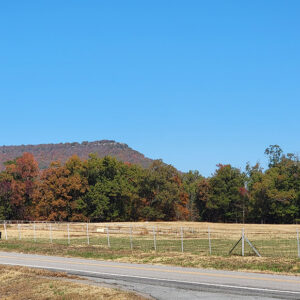 Petit Jean Mountain
Petit Jean Mountain
Plumerville (Conway County)
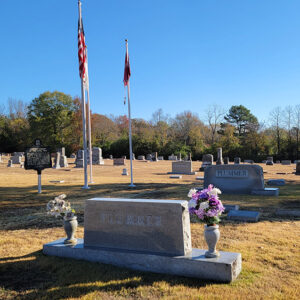 Plumerville Cemetery
Plumerville Cemetery
 Plumerville Church
Plumerville Church
 Plumerville Church
Plumerville Church
 Plumerville Church
Plumerville Church
 Plumerville Masons
Plumerville Masons
 Plumerville Park
Plumerville Park
 Plumerville Police
Plumerville Police
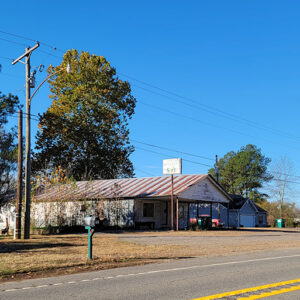 Plumerville Street Scene
Plumerville Street Scene
 Plumerville Street Scene
Plumerville Street Scene
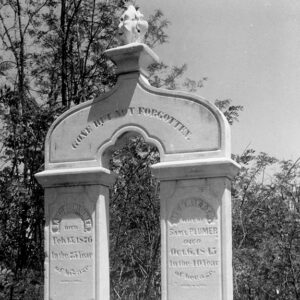 Plumer Grave
Plumer Grave
Point Remove (Conway County)
 Point Remove Brewing
Point Remove Brewing
 Point Remove Creek
Point Remove Creek
 Point Remove Creek
Point Remove Creek
 Sacred Hearts Rectory
Sacred Hearts Rectory
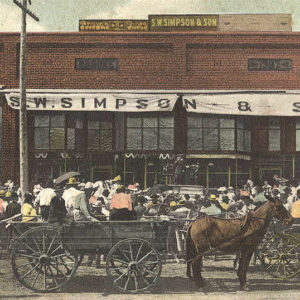 Simpson & Sons
Simpson & Sons
 Entering Solgohachia
Entering Solgohachia
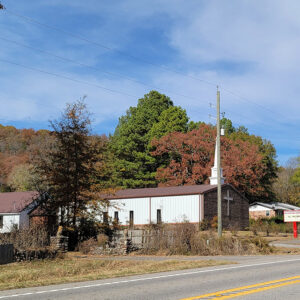 Solgohachia Church
Solgohachia Church
 Solgohachia Park
Solgohachia Park
 Solgohachia Post Office
Solgohachia Post Office
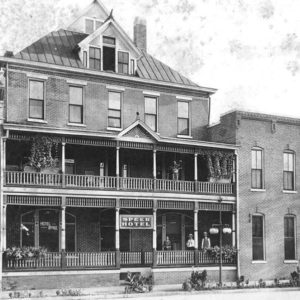 Speer Hotel
Speer Hotel
 Sports Complex
Sports Complex
 Entering Springfield
Entering Springfield




